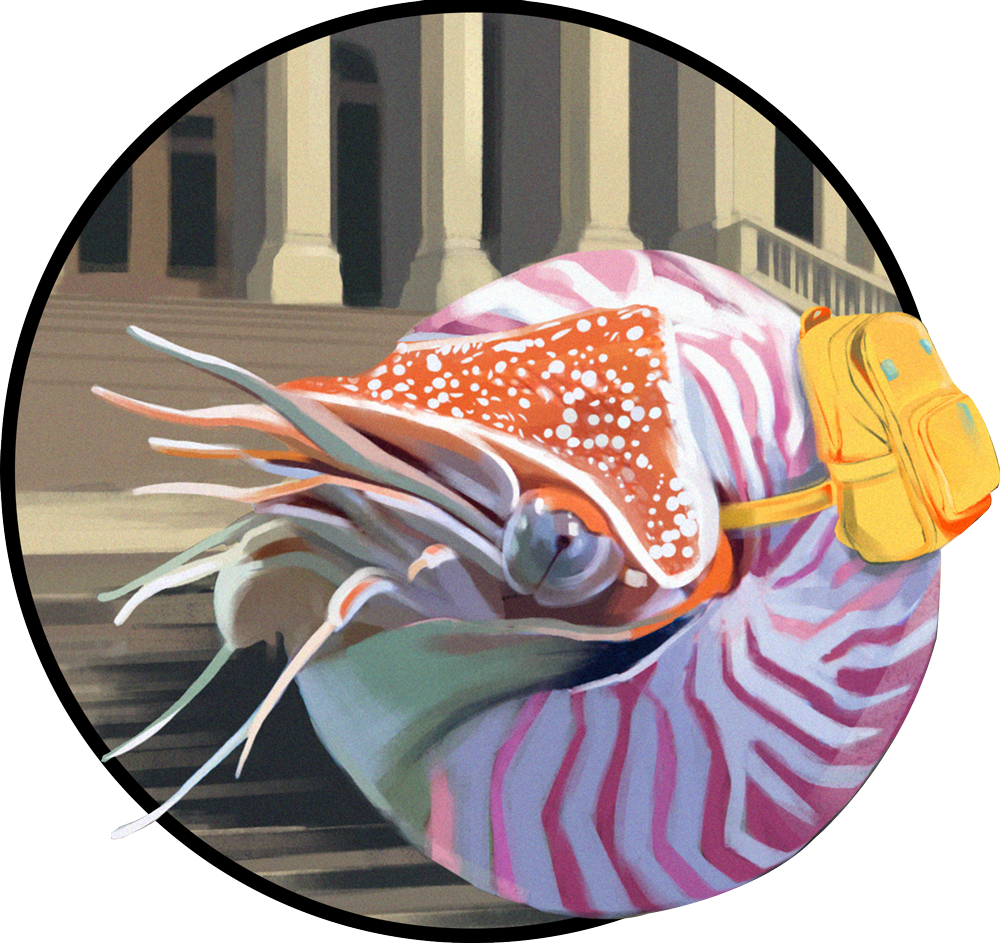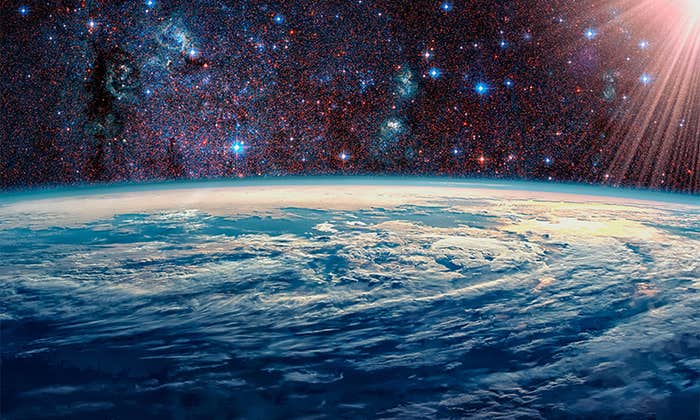
In 1987, the geographers Deborah and Frank Popper published “The Buffalo Commons,” a now-famous essay that painted a bleak picture of the American West: a bitter climate, a vanishing population, and a tragic, stubborn loyalty to cattle ranching. Then-young East Coast academics, the Poppers offended much of the West by arguing that European settlement of the Great Plains had always been doomed—and that the land should be given back to the bison. The campaign to conquer the West, they wrote, was “a monument to our national self-delusion.”
Three decades later, my co-author Dave Hage and I arrived in the small town of Malta, in northern Montana, and saw that the Poppers’ vision had taken root. American Prairie—a private, nonprofit conservation group—was buying up surrounding ranch land, reintroducing bison, and letting the prairie return to wilderness. There, you can walk for hours across public land with no sign of human interference—a vast, haunting quiet where entire herds of bison vanish between two hills.
One tablespoon of prairie soil can contain more organisms than the human population on Earth.
But for many in Malta, descendants of the cattle ranchers who built lives and identities on this land, the Poppers’ suggestion that their contribution to the country was meaningless still burns. Their anger is now focused squarely on American Prairie. At a hotel in town, recommended to us by American Prairie staff, we chatted with the owner as we checked out. Would he ever serve bison burgers in his restaurant? “Oh no,” he said firmly. His customers would see it as betrayal. He’d be ostracized. American Prairie had never done anything for Malta, he added—not even sending visitors to stay at his hotel.
Sea of Grass is about the history of the American prairie: who owns it, who profits, and what it’s for. In Malta, we had a glimpse of how a different vision for the land—for wildlife and the public rather than for cattle and ranchers—had sparked the kind of cultural fault line that has divided the country.

As the husband of a master gardener, I knew the basics: Healthy plants come from healthy soil. But it wasn’t until I stood on the windblown prairie of Kansas that I understood that soil is a living, complex thing—and that the relationship runs both ways: that plants, in turn, help sustain the soil.
At the Konza Prairie Research Station near Manhattan, Kansas, scientists from Kansas State University are studying one of the most complex ecosystems on Earth: prairie soil. The roots and sequestered carbon from prairie grasses support so many bacteria, fungi, mites, tiny arthropods, and other microorganisms that one tablespoon of prairie soil can contain more organisms than the human population on Earth. Years ago, the Kansas State researchers took a stretch of farmland that had been overworked, chemically drenched, and flattened by machinery. Then, slowly—one small plot at a time—they replanted it with native grasses and wildflowers. After a decade, the difference was stunning: The once-pale, dry earth had turned moist, black, and rich with that unmistakable, fertile smell gardeners live for.
Unlike commodity crops like corn and soybean, watermelon vines can’t grow fruit without pollinators.
The lesson was clear: The relationship is reciprocal. Healthy soil feeds plants, and healthy plants return the favor—keeping the ground porous, feeding nutrients back, and drawing in millions of microorganisms that make up the living world beneath our feet.
Indigenous peoples of the Plains have understood this for centuries. When you take nature’s gifts, you must give back. Every living thing feeds another. It’s a truth many of us are only now beginning to grasp.

In the middle of southwest Indiana’s corn and soybean empire, the watermelon fields are an island, a crop entirely dependent on insects.
Unlike commodity crops like corn and soybean, watermelon vines can’t grow fruit without pollinators: bees, flies, butterflies—even the human hand. At the same time, other insects pose a threat. Even slight damage to the rinds can be enough to make big chain grocery buyers reject the fruit. Anything less than perfect gets left behind. A season’s work can be lost to a blemish.
Meanwhile, just beyond the fields, insecticides drift in from neighboring corn and soy farms, carried by air and water. As native insect populations have declined alongside the expansion of industrial farming, watermelon growers had to start importing honeybees to get the job done. Now, they work carefully to protect them—spraying only at night, when the bees are still, and placing hives far from neighboring crops.
For most of my life, I was like any grocery shopper—grabbing food without a thought for what it took to get there. But a few days walking the watermelon fields near Vincennes, Indiana changed that.
I left stunned by the choreography—of pollinators and poisons, timing and care—and humbled by the farmers who make it all happen.
I think of them every time I lift a watermelon now. ![]()
Lead image: David Fossler / Shutterstock






























